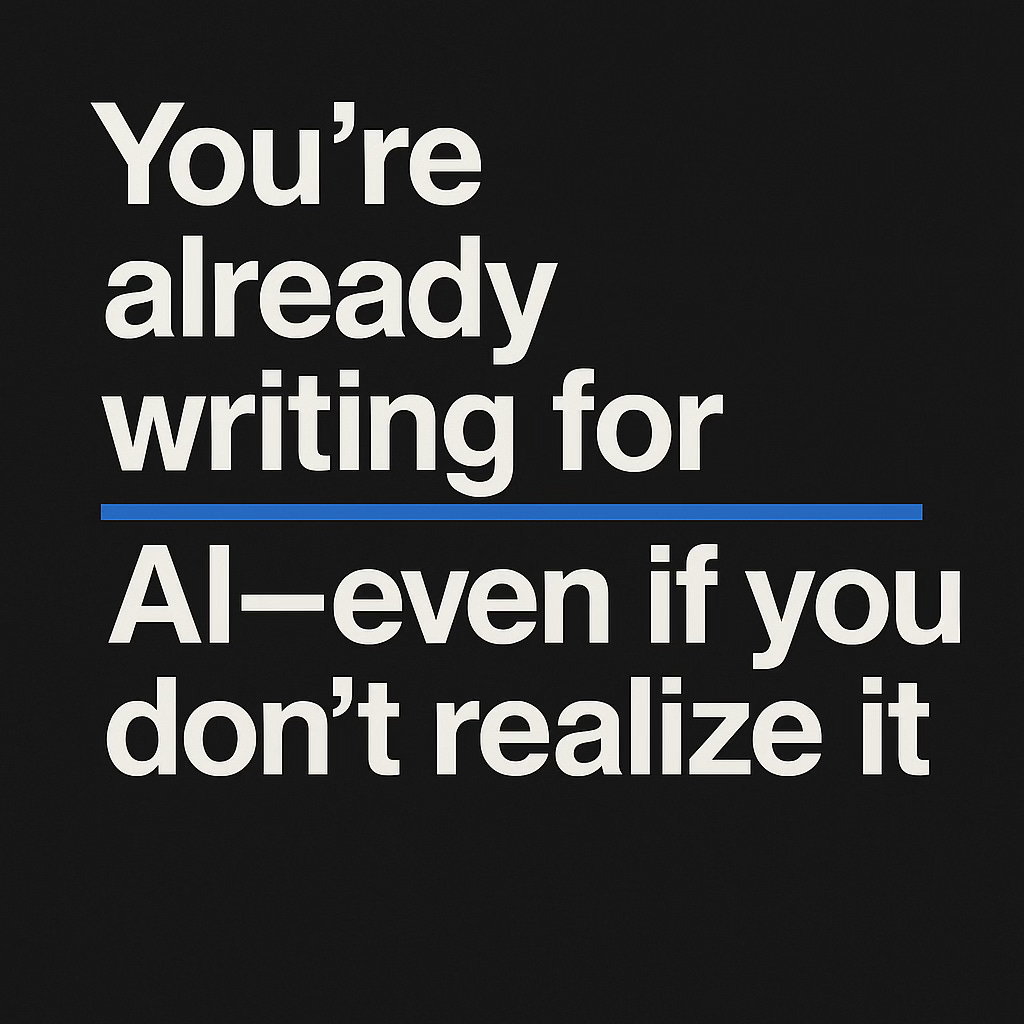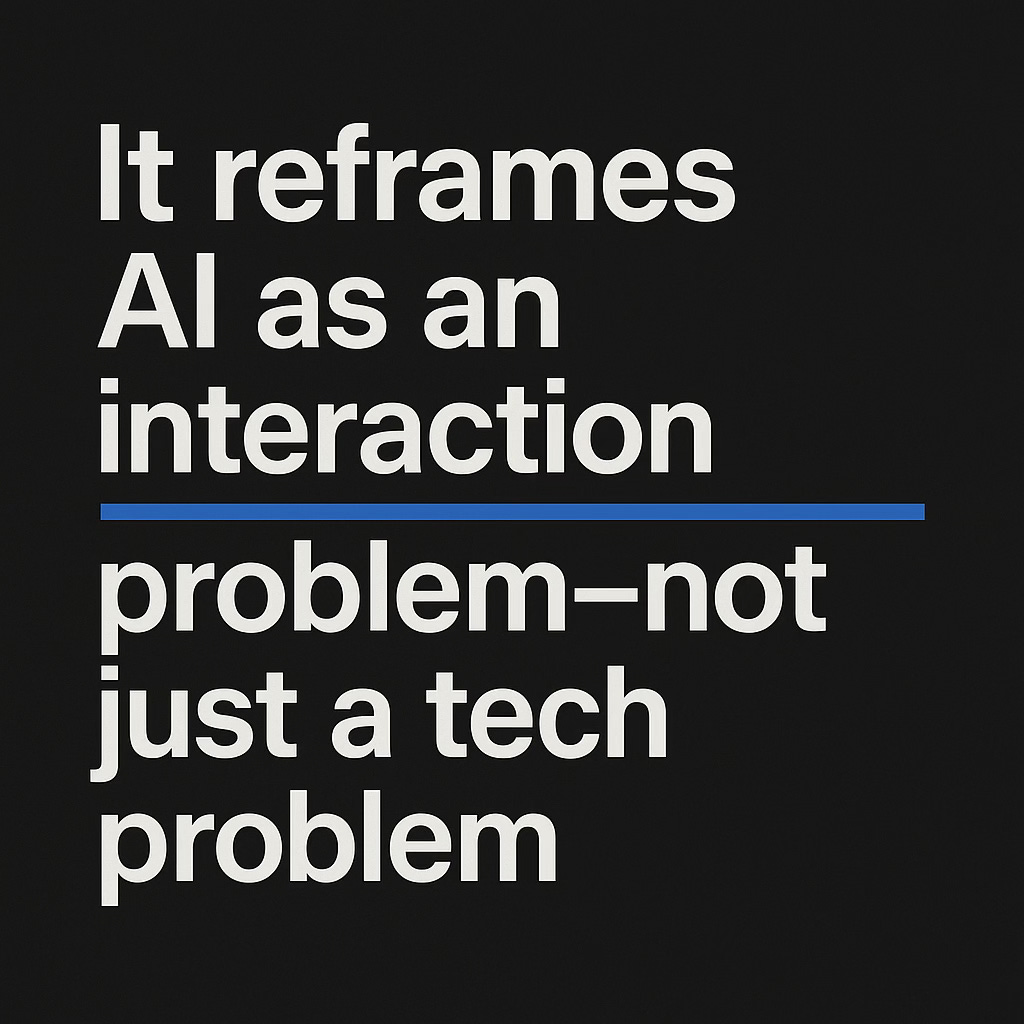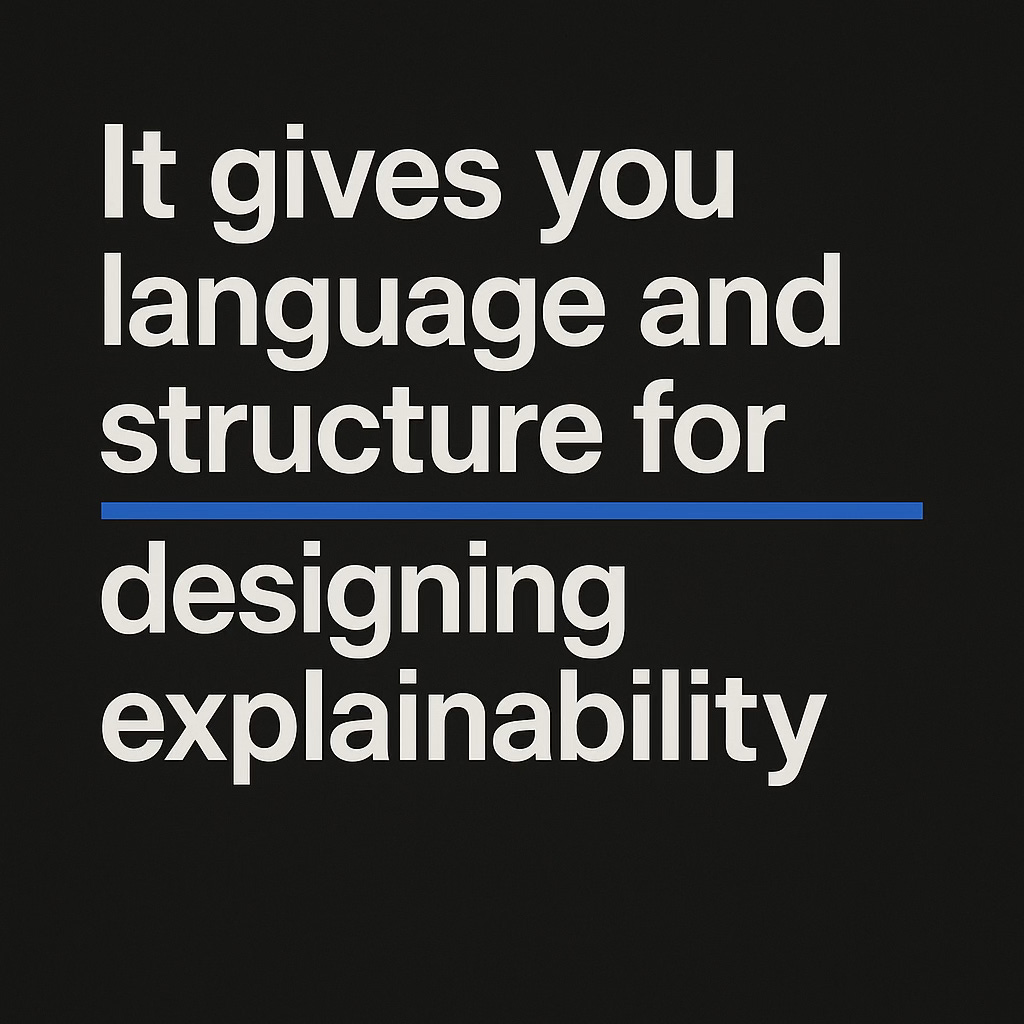Why “29 Interactions for AI” Is Required Reading for Content Professionals
If you’ve ever asked yourself, “How do I write content for AI features that’s clear, helpful, and honest?” — this is your blueprint.
AI is no longer on the horizon — it’s in your product flows, help systems, and onboarding screens. But for technical writers and content designers, AI can feel like a black box: you know it’s there, but how do you write for it, explain it, or even anticipate its behaviors?
This is where Christopher Noessel’s A Primer of 29 Interactions for AI becomes essential. It's not a dry AI theory piece — it’s a practical guide to how AI shows up in products, and what that means for the humans trying to understand or control it.
What’s in it for you, the content professional?
A map of how users actually interact with AI
Noessel categorizes AI into four functional types:
Clusterers — Need flagging for false positives. Can you describe how?
Classifiers — Users want to “lock” part of a generated result—can your UX copy reflect that?
Regressors — When predictions change, how do you communicate the update?
Generators/Optimizers
He outlines the specific user interactions each one supports and adds a fifth group of meta-interactions that cover ethics, transparency, and usability.
If you’re crafting user flows, UX copy, help content, or microcopy, this map becomes a framework for what you need to explain—and how.
“How do we let users override the AI? How should we explain an unexpected output? When do we ask for feedback?” — This article helps you design those moments.
3 Reasons This Primer Belongs in Your Content Toolkit
1. You’re already writing for AI—even if you don’t realize it
From autocomplete to recommendation engines, AI is already influencing your product. If you don’t understand the types of AI logic at play, you risk misinforming or overwhelming your users.
This article helps you:
Spot where AI is likely influencing the UI
Clarify AI-driven outcomes in your docs
Anticipate user questions and design the right answers
2. It reframes AI as an interaction problem—not just a tech problem
Noessel focuses on what users need to do with AI, not what AI does internally. This shift is crucial for content roles: it places you in the driver’s seat to shape clarity, trust, and usability.
Examples include:
Clusterers — Need flagging for false positives. Can you describe how?
Classifiers — Users want to “lock” part of a generated result—can your UX copy reflect that?
Regressors — When predictions change, how do you communicate the update?
3. It gives you language and structure for designing explainability
One of the most cited concerns around AI is transparency. As a content designer or tech writer, you’re often the bridge between algorithm and end-user.
This primer arms you with:
A taxonomy of 29 core AI interactions that need explanation or UI support
A foundation for designing tooltips, help guides, labels, system messages, and fallback responses
A checklist for where human-in-the-loop content is necessary (e.g., “explain this,” “override,” “delete data”)
TL;DR? This isn’t just a design read—it’s a content strategy read
AI is changing how interfaces behave, and content needs to keep up. Noessel’s piece:
Demystifies AI without dumbing it down
Identifies concrete writing opportunities within AI workflows
Equips content professionals to collaborate with design and product on AI features
🧠 Read the full primer here: A Primer of 29 Interactions for AI
📌 Bookmark it as a reference for your next AI-related UX or doc project
👥 Share with your design team—and use it to advocate for better AI interaction copy
If you’ve ever asked yourself, “How do I write content for AI features that’s clear, helpful, and honest?”—this is your blueprint.
Let Noessel’s 29 interactions guide your next headline, tooltip, or help article.





